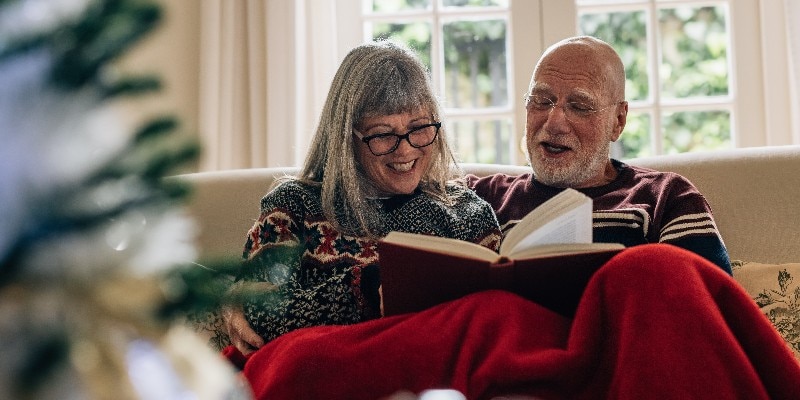by Melissa Chichester
When the temperature drops do you know how to stay safe? According to the Centers for Disease Control, on average 1,301 people died each year from hypothermia and cold exposure between 1999 and 2011. Older adults are more prone to health problems and injuries related to cold weather. This includes not only weather-related injuries such as falling on ice, but also hypothermia, frostbite, injuries from snow removal, fires, and carbon monoxide poisoning. Here are precautions that older adults can take to stay safe during the winter months.
Hypothermia occurs when the body’s core temperature dips below 95 degrees Fahrenheit, and it isn’t only caused by spending time outdoors. Did you know that hypothermia can be caused by living in a house that is too cold? Even people living in nursing facilities can get hypothermia if spaces are not warm enough. In addition, people who are sick may have trouble staying warm. Tips for staying warm indoors:
You should also know the signs of hypothermia, which include:
If you suspect that you have hypothermia, you should call 911 as soon as possible.

Even when the sun is shining brightly, cold air can be dangerous, leading to hypothermia and frostbite. As a result of exposed skin, frostbite occurs, and it can even damage skin down to the bone. The face, fingers, and toes, are most prone to frostbite. Signs of frostbite include:
Staying warm and covered outdoors helps avoid frostbite. It is essential to cover up all parts of the body, especially during periods of prolonged exposure. Even if you are not going to be outside for a very long time, it is important to protect your skin. You should also be prepared for being outside longer than you expect, just in case your skin risks exposure to the elements. If you suspect frostbite, seek medical attention immediately.
Snow removal is a strenuous activity, and according to the Nationwide Children’s Hospital, “snow shoveling leads to approximately 100 deaths and 11,500 injuries and medical emergencies that require treatment in an emergency department” every year. Most of these injuries are due to overexertion, but in adults over 55, heart-related symptoms are more common.
When snow is very wet, it becomes very heavy very quickly. When it is cold outside, your heart works harder to help your body stay warm. This combined with snow removal activity that your body is not used to can be dangerous, especially people with heart conditions. Shoveling is also a risk to people with bone conditions, such as osteoporosis.
Best safety practices for snow removal include:
Before moving snow, consult with your physician to see if shoveling is a safe activity for you.
>>Senior Health Spotlight: Fall Prevention

According to the National Fire Protection Association (NFPA), more fires occur during the winter season and that “heating equipment is involved in one of every six reported home fires, and one in every five home fire deaths.” Cooking/frying food is also a very common cause of fires. Because older adults feel cold more due to various factors from age, many seniors opt to use a space heater or heating pads to stay warm, which poses safety issues.
The NFPA also notes that adults over 65 are twice as likely to be killed or injured by fires. That’s why they developed the Remembering When™ program, which pinpoints fire and fall protection with 16 key safety messages. Remembering When is a free program that contains trivia cards, home visit materials, and tips for training. It also contains eight fire safety cards. This program can be used in many group settings or by families.
Everyone can play a role in keeping others safe not only during the winter months but year-round. It is essential to check on neighbors and friends who you think may need help. Even better, offer help before they need it. After all, there is nothing more important than safety.